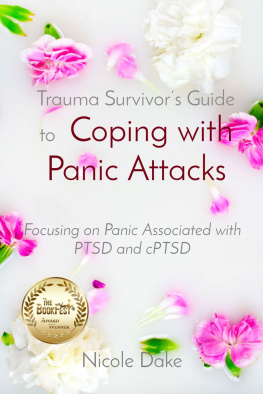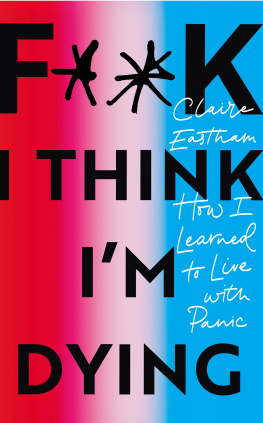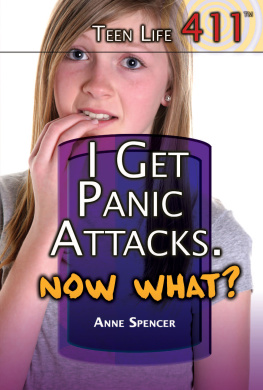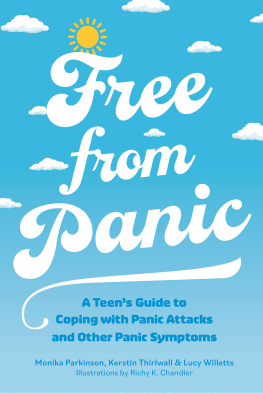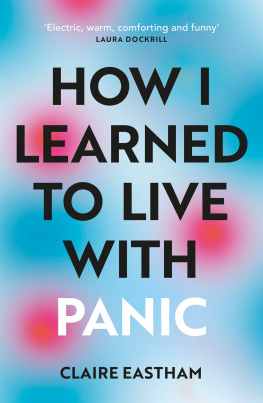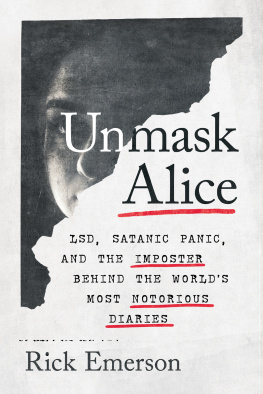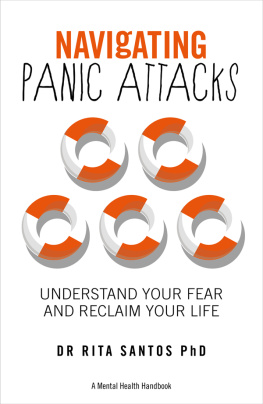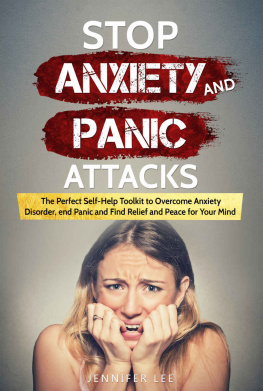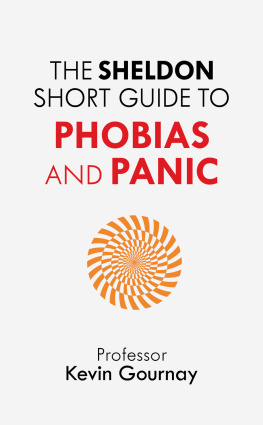now i can see the moon

Copyright 2018 by Alice Tallmadge
All rights reserved. No part of this publication may be reproduced, distributed, or transmitted in any form or by any means, including photocopying, recording, digital scanning, or other electronic or mechanical methods, without the prior written permission of the publisher, except in the case of brief quotations embodied in critical reviews and certain other noncommercial uses permitted by copyright law. For permission requests, please address She Writes Press.
Published April 24, 2018
Printed in the United States of America
Print ISBN: 978-1-63152-330-4
E-ISBN: 978-1-63152-331-1
Library of Congress Control Number: 2017954198
For information, address:
She Writes Press
1563 Solano Ave #546
Berkeley, CA 94707
Interior design by Tabitha Lahr
She Writes Press is a division of SparkPoint Studio, LLC.
Names and identifying characteristics have been changed to protect the privacy of certain individuals.
For John, Mary, Wynlee, and Greg.
authors note
Now I Can See the Moon grew out of the 1980s social panic over child sexual abuse and its impact on my life and the lives of people I love. The material the book covers is sensitive and certain issues remain controversial. For some readers, parts of the book may be difficult. It is not my intention or the focus of this book to judge or challenge anyones experience of childhood sexual abuse, the effect it had on their lives, or the means they have chosen to heal from it. I wrote Now I Can See the Moon to get a fuller understanding of a fraught and disturbing time that had grievous consequences for my family, and for many other families as well. This book is a memoir, not a comprehensive or objective analysis. I chose to read researchers and journalists whose work and approach I felt to be most valuable and helpfulthere are others who have written about this issue whose work I chose to bypass. The conclusions Ive drawn and the opinions Ive developed come from my experience, my reading, and my evolution. They are subjective, and not intended to be anything more than that.
Now I Can See the Moon is about a time in our shared history when rogue practitioners, as well as some who were likely well intentioned but misguided, ended up using approaches that created trauma, rather than healing it. I support all efforts that bring survivors of childhood abuse to a kinder, clearer acceptance of themselves, that make them feel connected to their community and families, that encourage them to live fully and joyfully, and that give them tools to recognize and reject anything that erodes that joy.
contents
prologue
The last time I saw my niece Michelle was at the Utah State Hospital in Provo in 1991, four months before she took her life. She was on suicide watch, but I had permission to meet with her for an hour. Our time was almost up. As our conversation wound down, she looked at me intently. Aunt Alice, inside you, how do you feel yourself? she asked, leaning in toward me, her blue eyes direct and pained. I mean, do you feel like you are just one person? Or are there other voices, other people in there, saying things, speaking to you?
I paused. I cherished my twenty-three-year-old niece, but she was deeply troubled. For the past two years she had been racked by memories of what she said was satanic torture during her childhood and adolescence. She believed her psyche was inhabited by a host of alternate personalities. She believed members of the satanic cult that had abused her in the past were tracking her every move, determined to punish her because she had spoken out against them. She trusted few people, and I was one of them. My answer had to be the right one.
I feel like just one person, I said. I mean, sure, there are different parts of me. But deep down, Im always just me.
She slumped back in her chair. I want so much to be a whole person again, she said, her voice wavering. Thats what I want, more than anything.
For almost a decade after her death, I had kept the questions surrounding the last years of Michelles life muffled and stashed in a back corner of my brain. I had occasionally thought about trying to ferret out truth from delusion, fact from suspicion, in order to comprehend what curse of biology or belief had taken hold of my nieces insightful, curious mind and transformed it into a maze of self-torment. But each time I had backed away. And for good reason.
Michelles last years were mired in a muck I didnt want anything to do withnot as her aunt, and certainly not as the journalist I was trying to become. She first disclosed her memories to me in 1989 when she was twenty-one and had already been hospitalized once for an emotional collapse. Her father, my brother John, was skeptical of Michelles memories. Her mother, my sister-in-law Mary, believed they were recollections of actual events. So did Michelles last therapist, local leaders in the Mormon Church, and many of the caregivers at the hospitals where my frightened, confused niece had been admitted. At the time, I had no idea what to believe. I straddled two versions of realitythe rational world I inhabited in my home in Oregon, and, when visiting my brothers home in northern Utah, a world being undermined by an insidious cult creeping undetected through the countrys underbelly.
I had tried to piece together events and conversations from Michelles and my time together, but I hadnt kept notes or a journal, and I mistrusted my ability to remember details. There was so much I didnt know. Probing into Michelles past would require having difficult discussions with my brother and his wife. My secular views clashed with their Mormon beliefs, and we shared no political common ground. Talking about their daughter would mean going deeper than either of those territories.
But then, one November afternoon, rummaging through a stack of old file folders, I found a trove of letters Michelle had sent to me, a slim pile I hadnt remembered saving. Some of the letters were tucked into their envelopes, some lay open and flat. Heat prickled through me as I recognized my nieces cramped, even script. I counted the envelopes. Four, five, sixall from before she began spiraling downward like a broken kite, unable to defy the insistent gravity that had sucked her into its suffocating embrace and refused to let her go.
I unfolded the pages one by one, smoothing their creases tentatively as if they might turn to confetti at my touch. A few were printed out on an old dot-matrix printer, the letters standing pale and gray in precise formation. On another, the scribbled words clung to the thin lines on the paper as if to keep her widening scrawl in check.
This letter is going to get to you if I have to hitchhike to Oregon and hand it to you personally. Or tape it to my forehead until I chance on a mailbox. Or chain it to my wrist, she wrote in 1985 when she was seventeen.
And in another note: When I am trying to work out a facet of my life, I work on that facet studiously, and disremember simple things, like hanging up my clothes, or getting good grades, or helping clean the house. I have told this to Mom, but she has a hard time believing I can walk through a foot-thick layer of clothes all over the bathroom floor without noticing. Amazingly enough, I do in fact have this talent. Therefore, my family finds it hard to believe I am real.
Her letters rang with the lilt of her smart, irreverent voice. Reading them, I saw her blue eyes roll in a show of frayed patience as she confronted yet another of lifes unending absurdities. I saw her slouched shoulders and loping stroll. I saw again the shelf of blonde hair that hung over half her face, announcing to the world that we were only seeing part of who she was.
Next page

